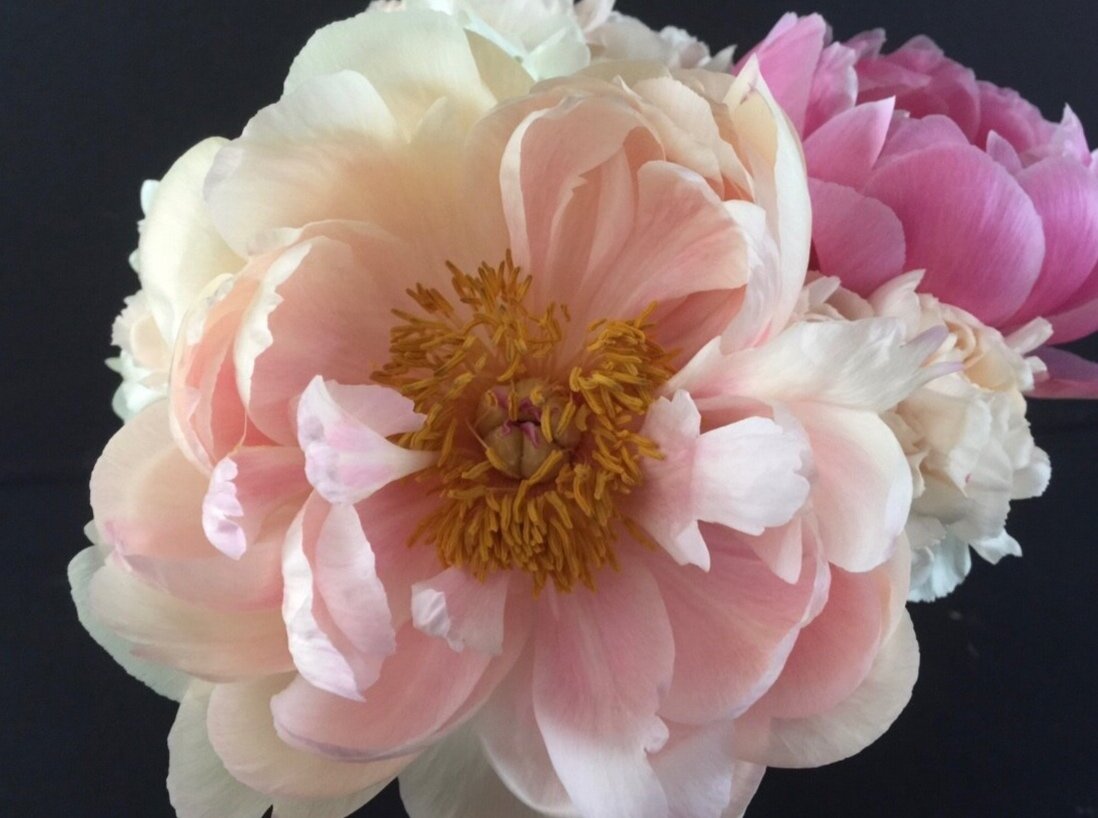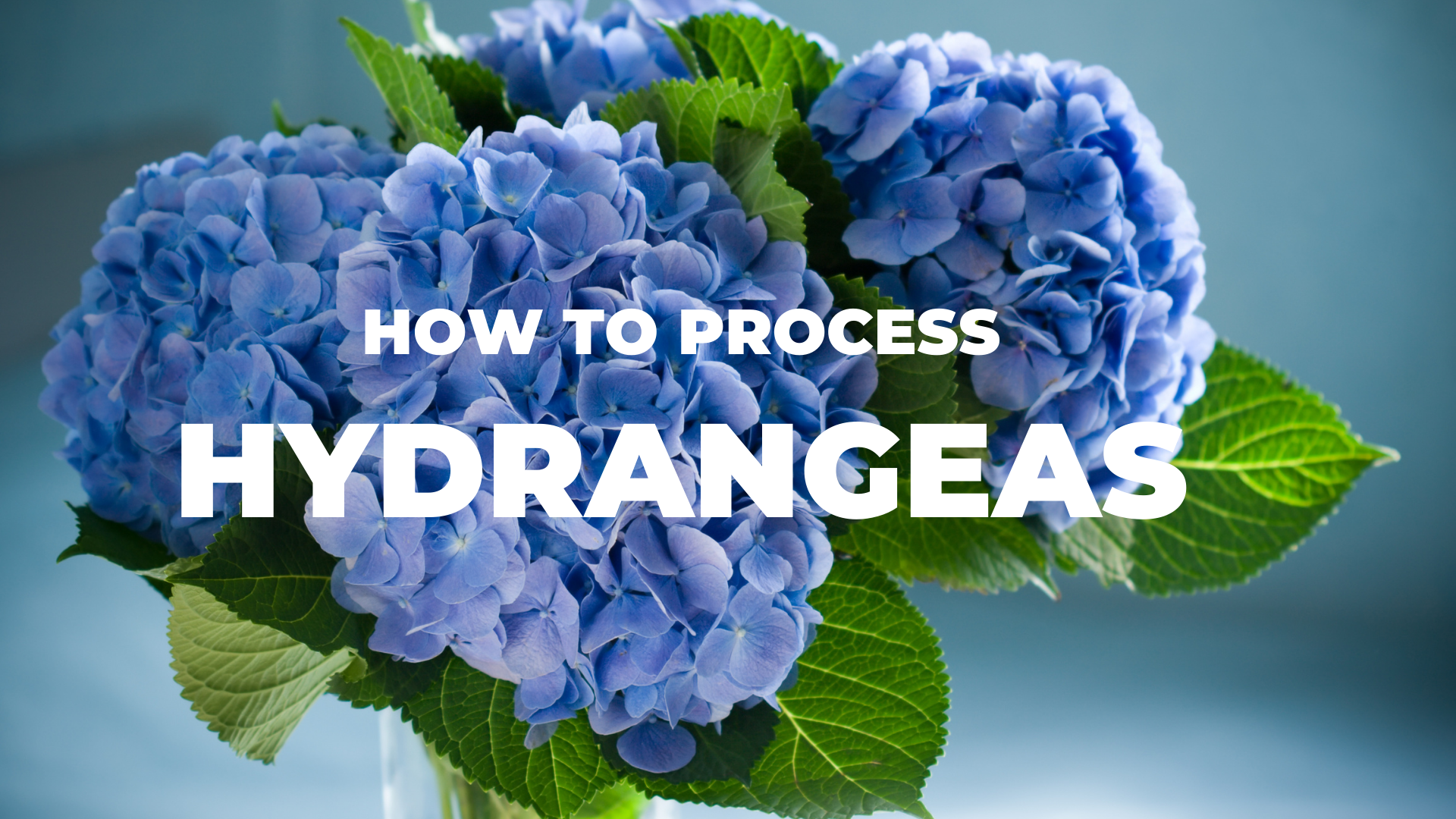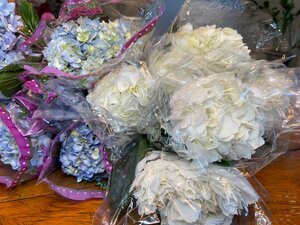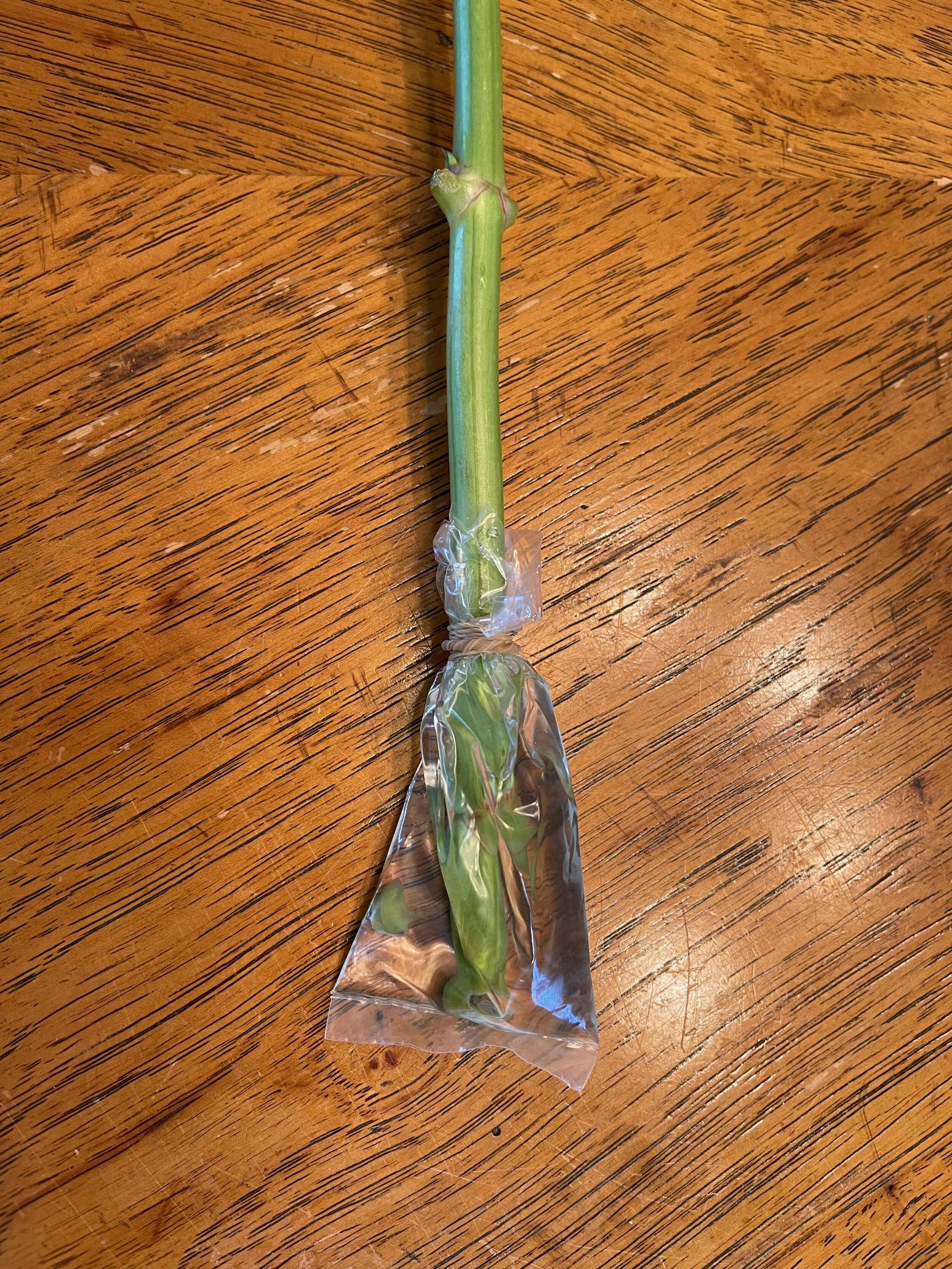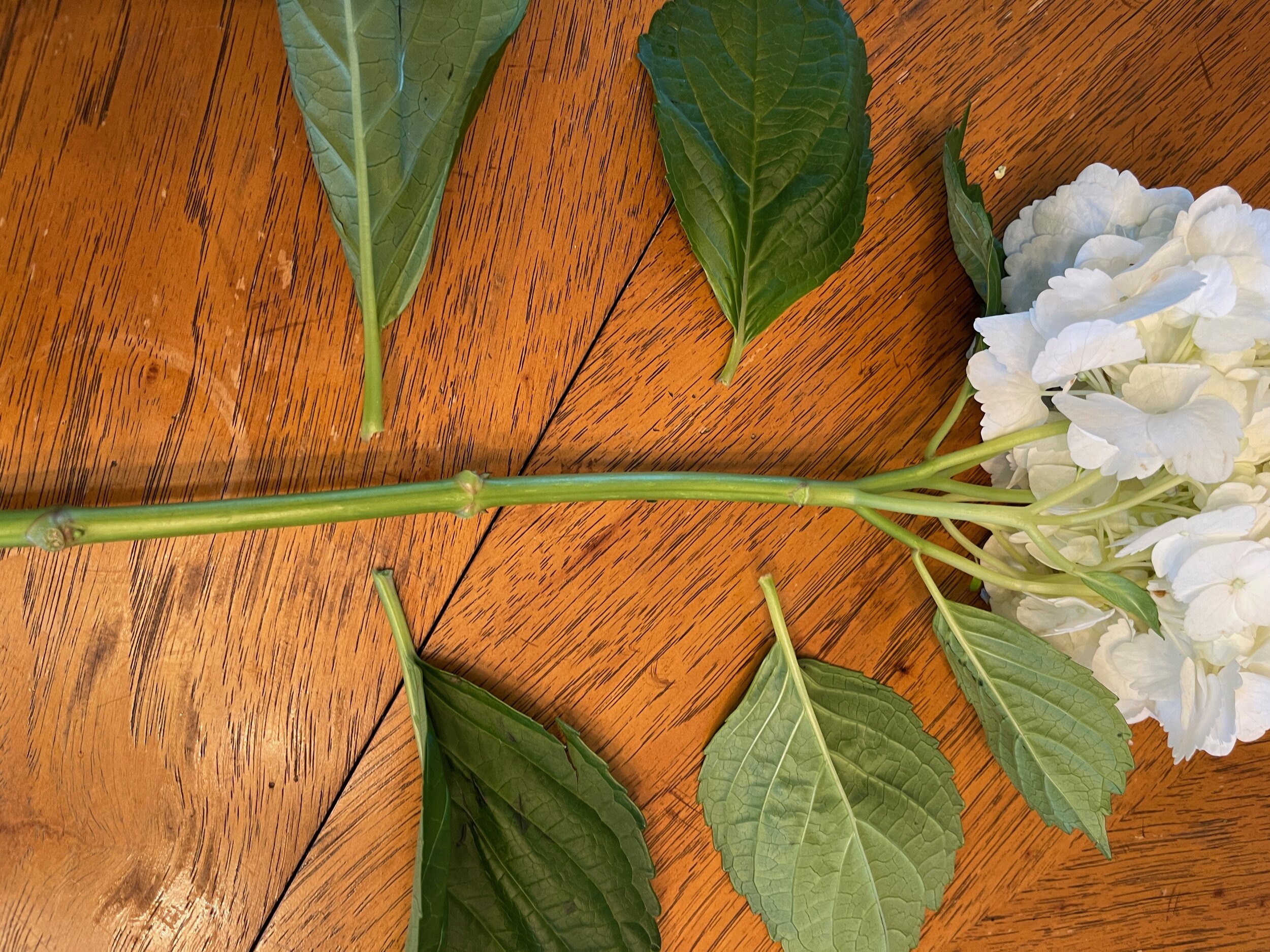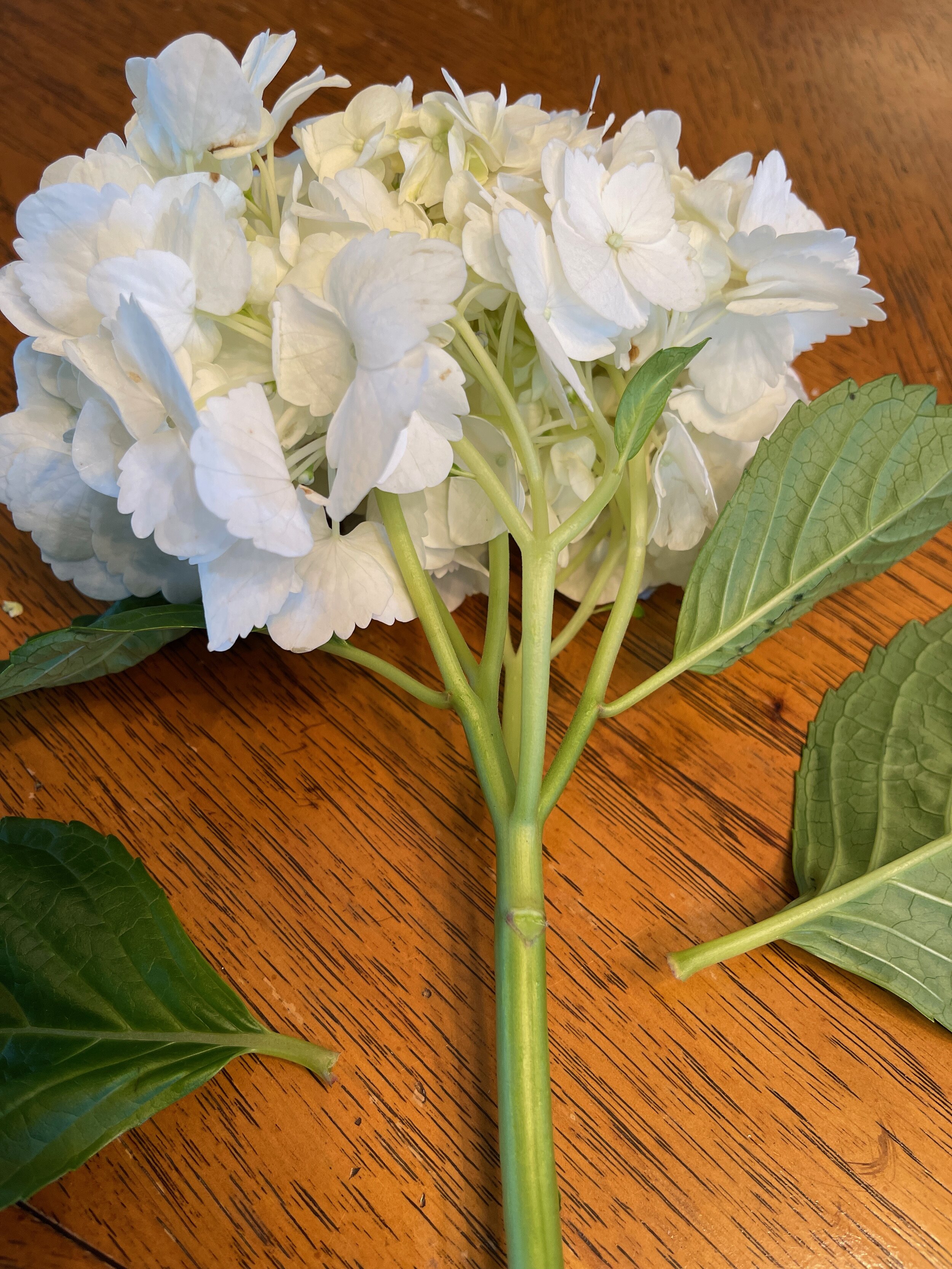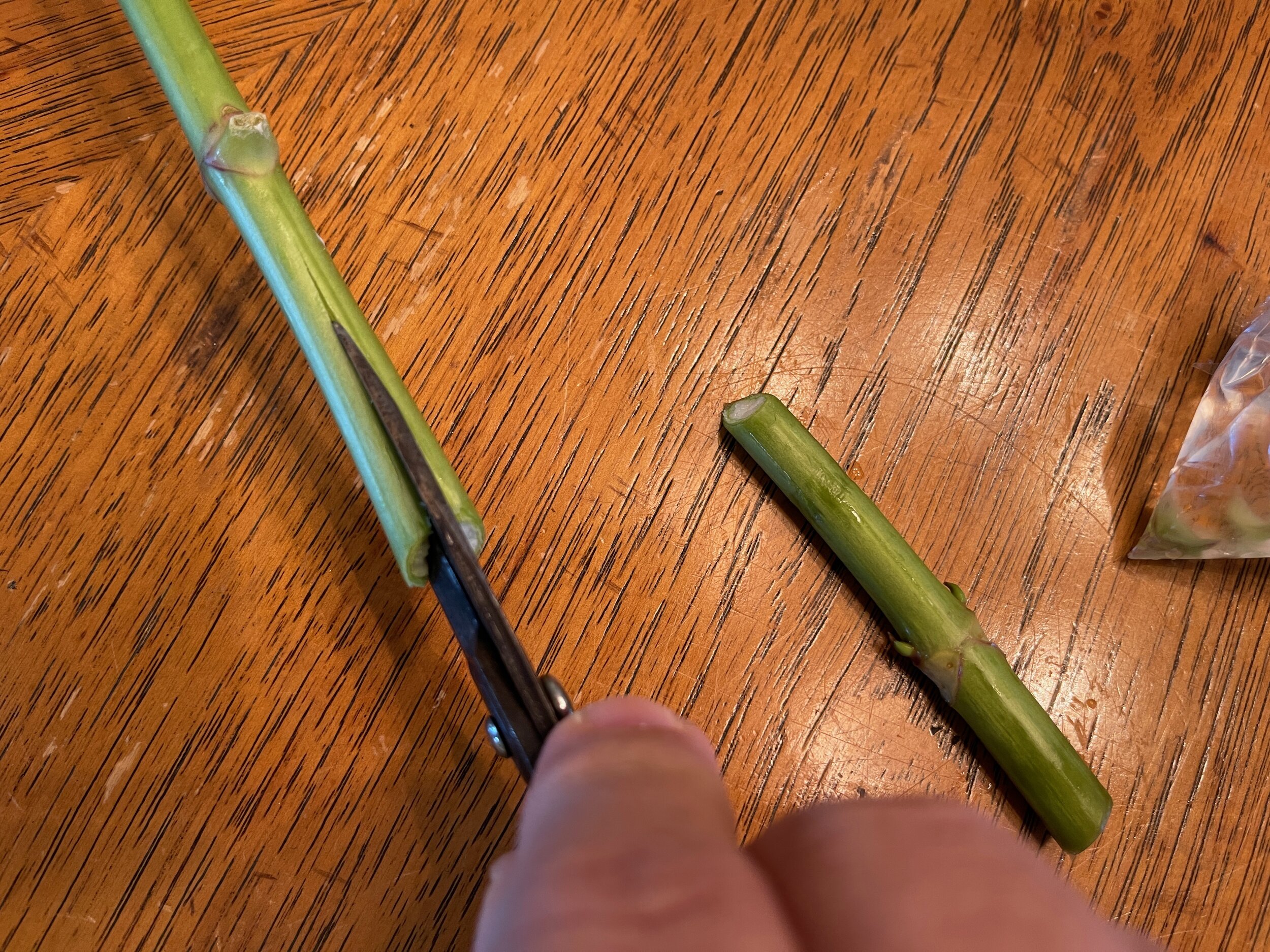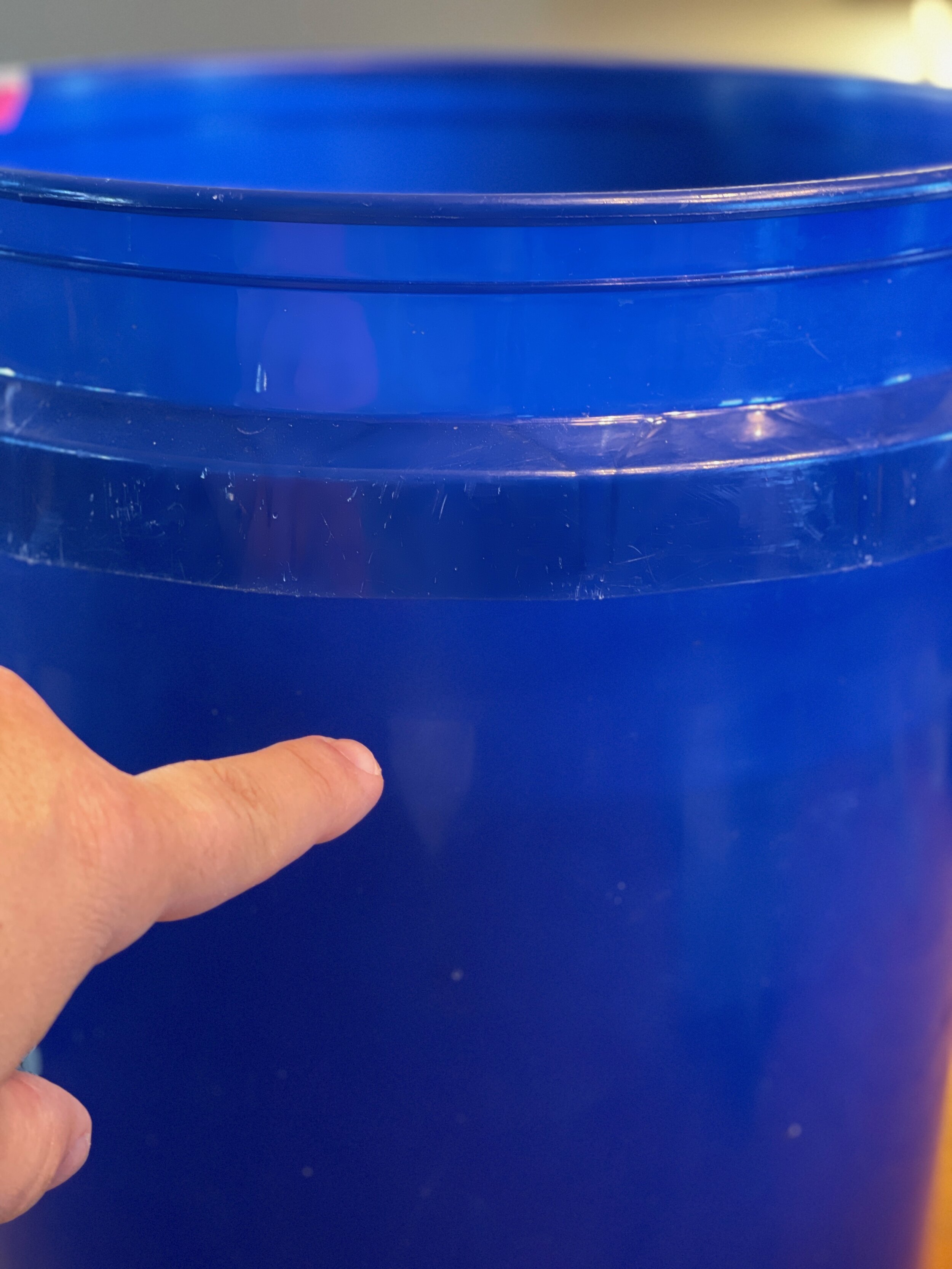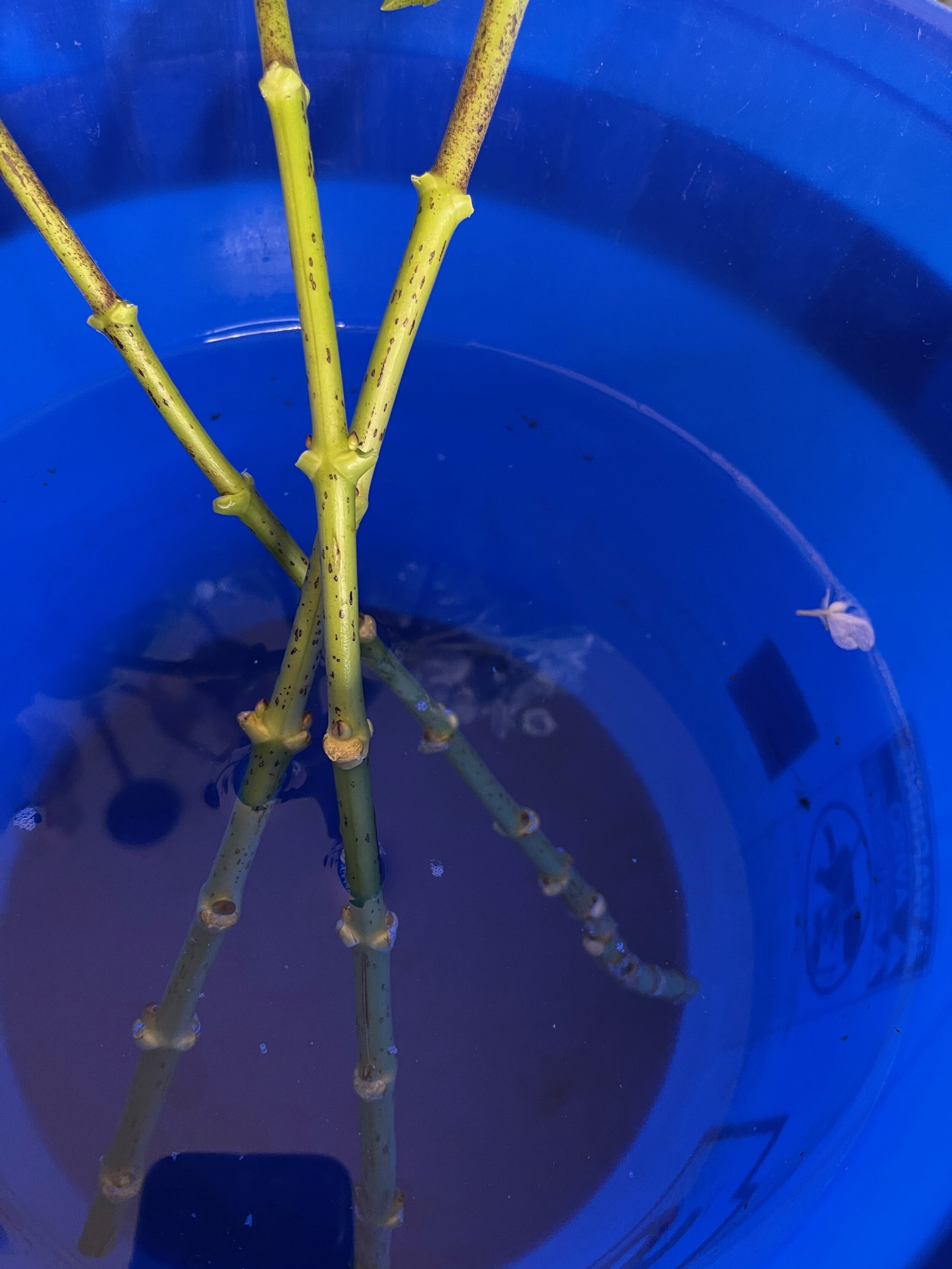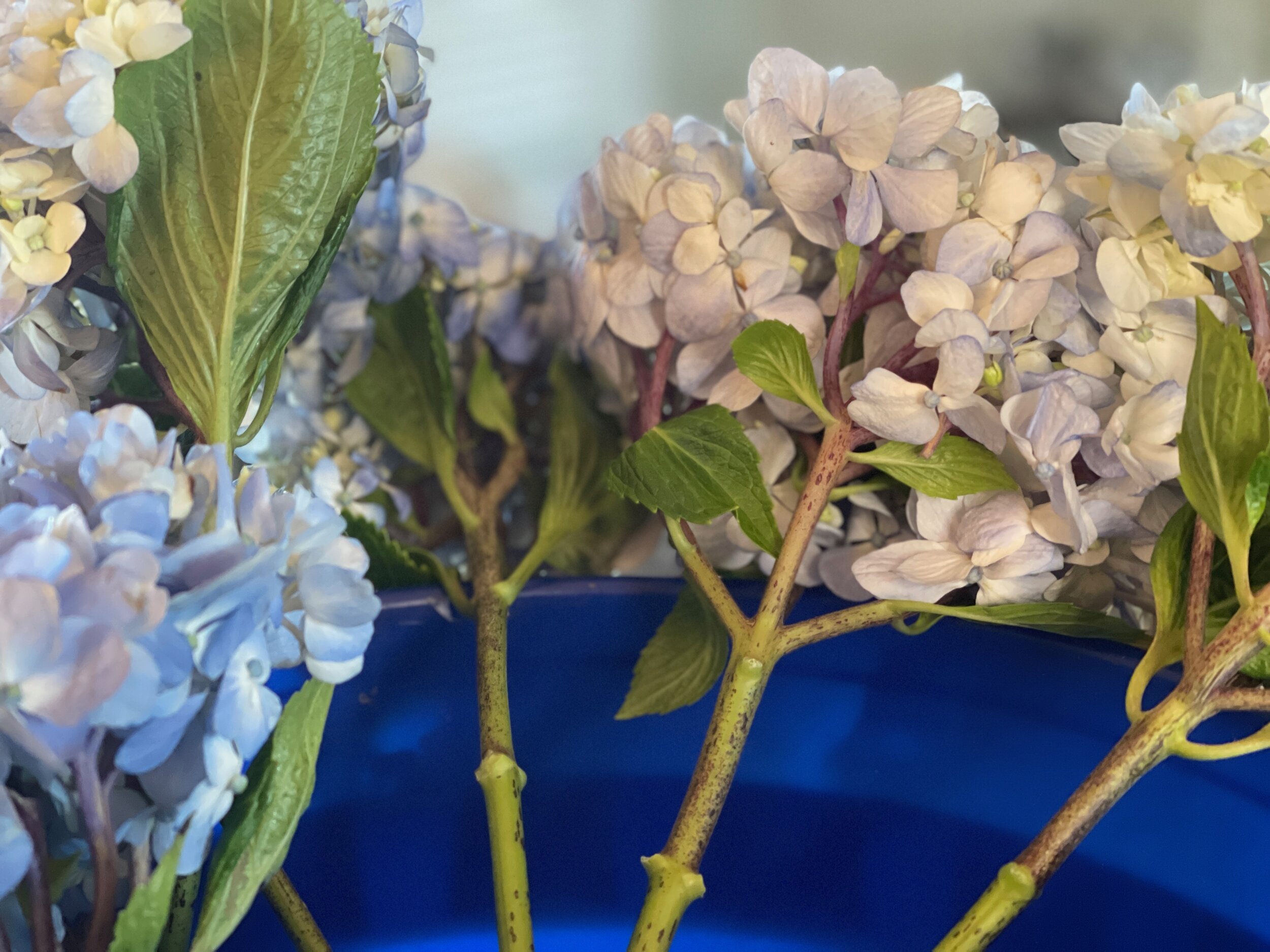Hydrangea! It’s truly been one of my favorite flowers. Over the years, the demand and popularity of hydrangeas have soared, but I feel with this enthusiasm and year round availability, the appreciation for this spectacular flower has lessened a bit. Having grown my own and sourced amazing varieties from around the world, maybe I am just a little partial. I love it when there is anticipation awaiting the arrival of a new hydrangea. What will be the latest color, size, shape and texture and how will it be used to create a floral vision or add ambience to a garden design, are all part of the anticipation. There are so many species that make this genus so loved perhaps one day I’ll write another blog highlighting my love and fascination with the world of hydrangeas but today, it is all about processing these majestic beauties.
Over my 30 years of working with cut flowers, one of the biggest issues I hear time and time again is ‘ how do I process hydrangea’. I’ve heard countless numbers of people say that they like them but they’re afraid of them, especially here in the south. Imagine a sweltering Saturday afternoon wedding and the bride wants hydrangea, oh my! Like the name would imply, hydra…..is a big hint that this flower likes water. But nothing to fear when hydrangea are processed and selected properly.
So, let’s begin….. How do I process hydrangea! (There is a video below I created if you prefer to see the process)
Tools
You can use a knife if you prefer. Unfortunately, over the years, I have endured my share of stitches with the volume of processing using knife so just a friendly reminder to be cautious. Knives may be my tool of choice but with all shrubs and branches, my preference will always be clippers. Chickamasa is one of my favorite brands and several options great for florists or growers.
So right out of the box this is what you see. Now you may have anywhere from 12 to 60 stems in a box from South America depending on the size of the box or the size of the bloom. Mini-Green hydrangea can fit a lot of stems in a box, while large antique blooms will be drastically less.
You can see they wrap each bloom in plastic to protect the flowers. I don’t feel it is really necessary and would certainly be great to have an alternative to plastic but for now, this is how most hydrangea arrive. A small plastic bag is placed on the end of the stem, creating a water source while the flower is in transport. Rarely do I see this bag empty, perhaps it’s because without light and warmer temperatures the flowers don’t need as much water to drink. Nevertheless, it keeps them fresh for their journey.
After removing the plastic sleeve from the flower, I remove the leaves. Sometimes, designers don’t want to do this, because it’s an extra step and the foliage is like free greenery. I on the other hand like all the water to go to the bloom. I usually leave the last couple of leaves right under the flower, but remove all of the big leaves. This also allows the flowers to fit in a bucket a little easier, minimize crushing, and great airflow.
Now to cut the stem! This is a big deal to me because I firmly believe that the stem should be cut above the rubber band. Yes, this shortens the stem a little more but that band often leaves a mark on the stem, reminiscent of a bruise. I want there to be a clean cut, with a fresh stem, not damaged at all. I have often noticed when designers have issues with their hydrangeas drinking, I see the damage of the rubber band and have even seen the stems with the rubberband still on the stem. Crazy! It’s like leaving a tourniquet on your arm long after the blood has been drawn. How are the fluids supposed to flow and hydrate the flower?
Now one of the older methods of stem cutting especially of woody flowers is to take your clippers and cut up the stem by the length of the blade. I don’t do this, especially if there’s large number of blooms to be processed. However, if the branch seems to be in distress, it is a more immediate method to increase the volume of water intake for the flower. I DO NOT smash stems. I’ve never understood this thought. It’s like spreading a straw and then wanting to use it to drink. You just smashed all the stems ability to uptake water.
*** I do think that it’s a good idea to cut the stem at an angle, not to sharp though. It does create a little more surface area for absorption. ***
Now one more thing that I do that’s not very popular, is fill the bucket about 80% full with water. Yes it’s heavy! Yes, it can slosh around!
Hydrangeas LOVE water! The further the water has to travel up the stem in a dry environment, the more difficult it can be for the stem to draw water. This may be one of those tricks that others might disagree. I have literally processed hundreds of thousands of hydrangeas and of course have grown and cut my own for weddings, events, and florists, and I’ve lost only a few stems of processed hydrangea(most because the stem wasn’t in the water completely).
Occasionally a hydrangea is damaged in shipping or perhaps the box at some point became a little warm. There are a couple of products that I’ve used over the years to help flowers on life support. Syndicate manufactures a product called Hydraquick and Floralife produceses a product called QuickDip. Both are chemicals and should be used cautiously. Another method that I’ve seen work is submersing the bloom and stem in water completely. This is one of those flowers that can drink through the actual petals, breathing new life into them. Be sure to shake the excess water off the flower carefully, I’ve also seen wet blooms that have had a touch of Botrytus and start to rot. Probably not the best method for processing volume but certainly an option for the occasional distressed hydrangea.
Lastly, I’ve had several friends share over the years about this old fashioned pickling product you can find in the herb and seasoning section at the grocery store. Alum powder! I have to confess that over the years when people mentioned this I thought that it was from the Allium family. It’s not though, it’s Aluminum Sulfate and has been used for many purposes and is considered to be fairly safe. I would treat as a chemical, but know that it’s not been linked to anything serious over the decades of its use. I’m not a medical doctor, so if you’re really concerned I would recommend doing further research.
So why am I mentioning Alum Powder?!? It was amazing! One of my stems of hydrangea came out of the box wilted and in dire need of immediate care. I poured a little of the Alum in a small vessel ( about the size of glass jar lid). Make a fresh cut to the hydrangea and touch the bottom of the stem to the Alum being sure to cover the entire area. Place in a pitcher or container of cool water! I had no idea how long this process would take. After an hour, I thought maybe I should add a touch of Alum to the water, so I added a pinch of the powder then stirred it with the hydrangea stem. About 8 hours later, the hydrangea looked like I had just cut it off the plant. Truly amazed needless to say.
You can’t even tell that the flower was ever wilted. I had to continue the experiment of course. I left the stem in the pitcher for a week, when I started to see the flower begin to wilt again. Remember, it was wilted out of the box. I used Alum and it rehydrated and lasted an entire week. Now the second wilt had happened and what do you think I did. Yes, I tried it again. This time it only took about 3 hours for it to rehydrate and looked brand new.
About a week later, it wilted again……..you know I had to try it again! It worked again! It completely rehydrated a third time and lasted another week. After the third week I was tired of it and tossed it. I know I received my money’s worth out of that flower.
I created this short Youtube Video showing me actually processing some hydrangea and can be viewed along with other tutorials on our Channel at The Flower Podcast. I hope you found this post helpful and encouraging to ease your fears with this wonderful flower. Hydrangeas come in so many colors and varieties from almost every corner of the world and should be enjoyed not feared. Let’s celebrate this magnificent flower!
Scott Shepherd
